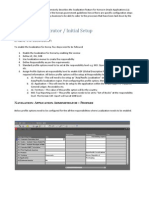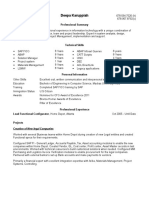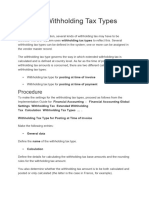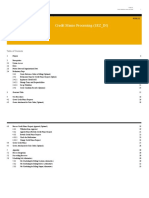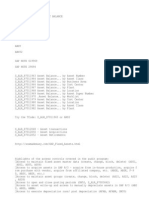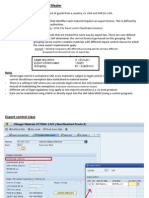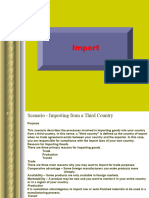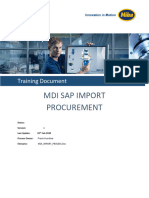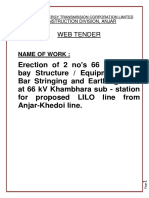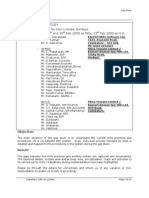0% found this document useful (0 votes)
487 views6 pagesSAP Turkey Localization Import Process
The document outlines the SAP Turkey Import Cost Solution, detailing the processes and workflows for managing import costs in Turkey. It describes the valuation of imported goods, the tracking of various costs associated with imports, and the steps involved in the SAP import process. Additionally, it highlights the two approaches for handling customs expenses: a standard solution for low volume operations and a custom development for high variety operations.
Uploaded by
Ali GüneşCopyright
© © All Rights Reserved
We take content rights seriously. If you suspect this is your content, claim it here.
Available Formats
Download as PDF, TXT or read online on Scribd
0% found this document useful (0 votes)
487 views6 pagesSAP Turkey Localization Import Process
The document outlines the SAP Turkey Import Cost Solution, detailing the processes and workflows for managing import costs in Turkey. It describes the valuation of imported goods, the tracking of various costs associated with imports, and the steps involved in the SAP import process. Additionally, it highlights the two approaches for handling customs expenses: a standard solution for low volume operations and a custom development for high variety operations.
Uploaded by
Ali GüneşCopyright
© © All Rights Reserved
We take content rights seriously. If you suspect this is your content, claim it here.
Available Formats
Download as PDF, TXT or read online on Scribd
/ 6

